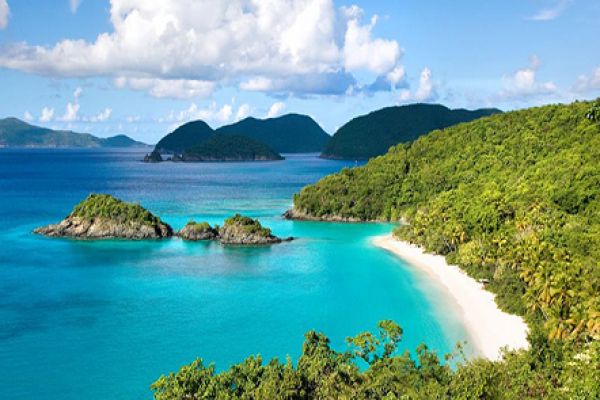
Quan Lan is located in the Bai Tu Long National Park. There are many pristine beaches on the island, such as Son Hao, Quan Lan and Minh Chau, to name just a few.
In Quan Lan beach, the water is clear and blue. Most accommodation facilities here are small houses at the foot of the mountain. There are still few tourists, so the atmosphere is quiet.
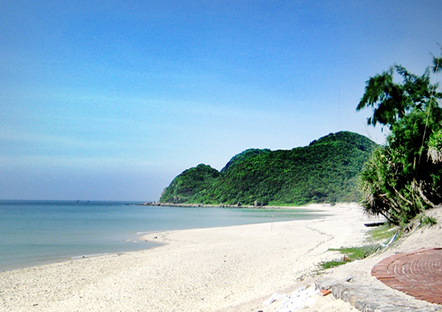
The number of tourists to the island has sharply increased recently. In 2015, visitors to the destination numbered 45,000, almost doubling that in 2014. In the first ten months this year, it received 47,000 visitors.
The rise can be partly attributable to more diverse tourism products. In previous years, bathing was about the only thing tourists could do in Quan Lan. But now they have a lot of things to keep busy.
According to Luu Thanh Vien, Vice Secretary of the Quan Lan commune Party’s Committee, local residents used to live off fishing and catching Sa sung (a kind of marine worms). Sa sung is a speciality of the region. It's used in cooking soup, which helps provide a wonderful taste and adds nutrition to dishes. Digging for sa sung under the sand with the locals is a popular activity for tourists. Now these livelihoods have become a tourism product.
Vien underlined the development of experience-based tourism in the commune, saying that the Van Hai Xanh JSC offered a package named “Experience a day as farmer in Quan Lan island” in Son Hao village, in which holiday-makers will join in caring for vegetable and fruit trees, harvesting and enjoy the fruit of their own work.
Meanwhile, Viglacera – Van Hai JSC offers community-based tours, such as fishing, fire camping, and sport games.
The locality plans to open a Quan Lan – Tan Lap tour, in which tourists will be taken by boats from Quan Lan beach to Tan Lap hamlet located in Van Don town. They can join local fishermen’s daily activities or visit orange gardens in Ban Sen, or other landscapes.
Quan Lan Island, around 55km away from Ha Long City, is endowed with deep blue waters, white sandy beaches spanning several kilometres, and wild, green pines along the beach.
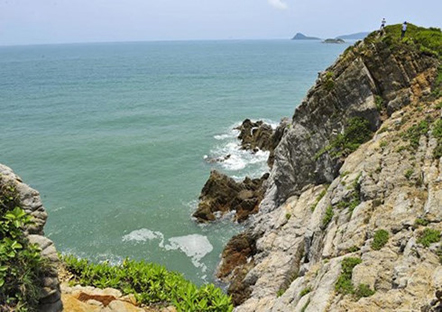
The sand on Quan Lan is different from the sand on other beaches. It's white, tiny, pure and smooth. The transparent water allows you to gaze at the bottom of the sea where you can watch fish swimming around colourful corals.
Since the 11th century, Quan Lan had been a stopover along the commercial route. In the 12th century, Quan Lan was the first trading port of Vietnam built under the Ly dynasty.
In 1149, King Ly Anh Tong set up Van Don town and Van Don trading port, which included Quan Lan Island, in order to bolster commercial relations between Vietnam and other Southeast Asian countries. Relics of the former trading port have been discovered with traces of ancient architecture and grazed terracotta, proving that the place used to be a crowded urban area.
During the fifth and sixth lunar months, the area annually celebrates religious ceremonies to remember the area's former king, and residents also hold boat rowing festivals.
In 1288, the island was also the site of the well-known defeat of invading Mongol troops, who were destroyed by General Tran Khanh Du's army. Tourists can visit a temple in Quan Lan dedicated to the General, where they can learn about the history of the region and the achievements of the commander. The temple's roof is hidden under pine canopies. Approximately 100 steps lead to the temple's entrance that is halfway up a mountain.
VNA

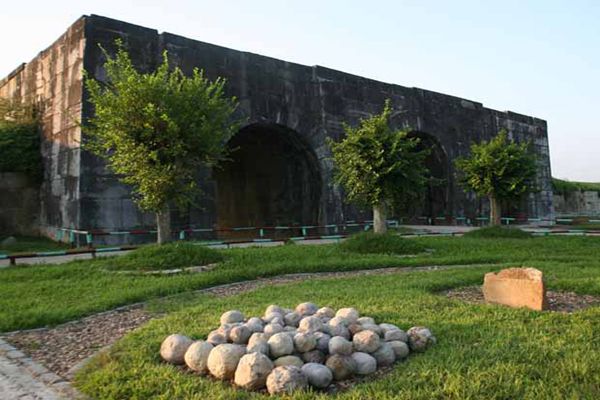
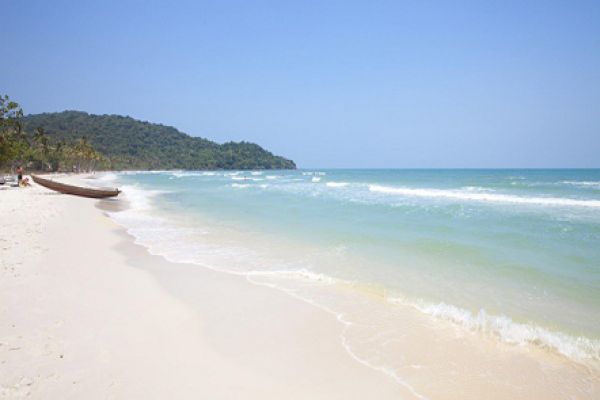
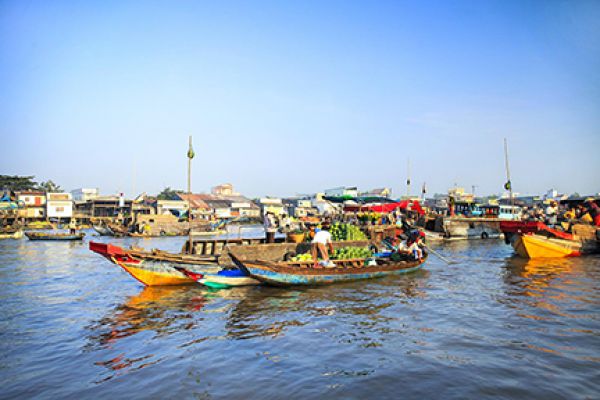
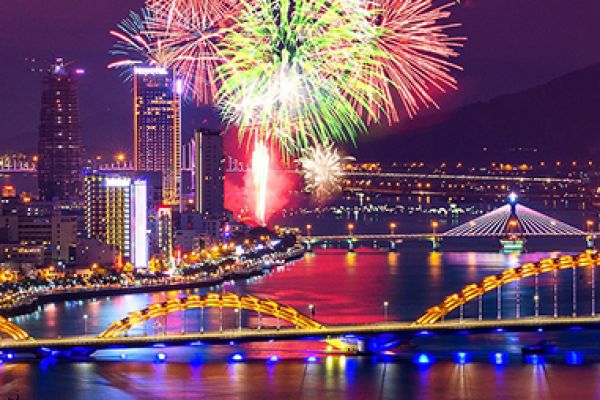

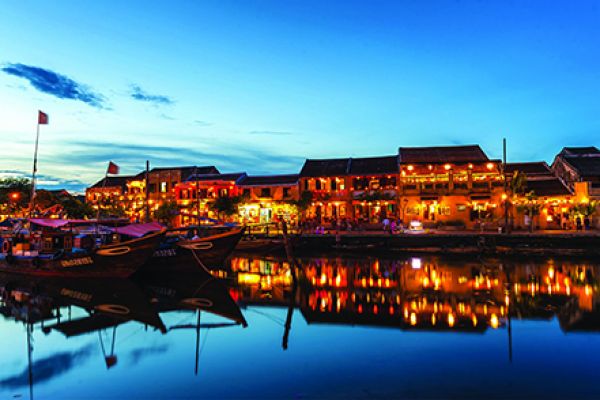

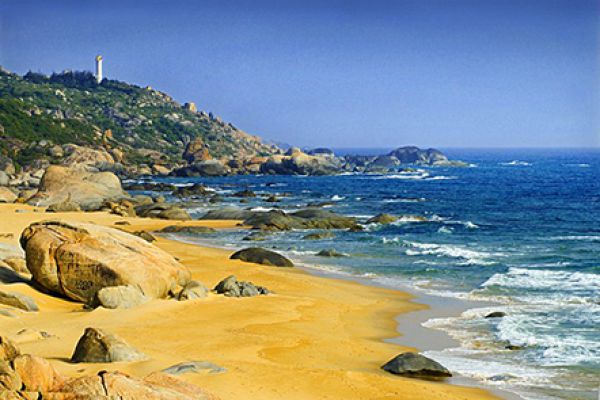
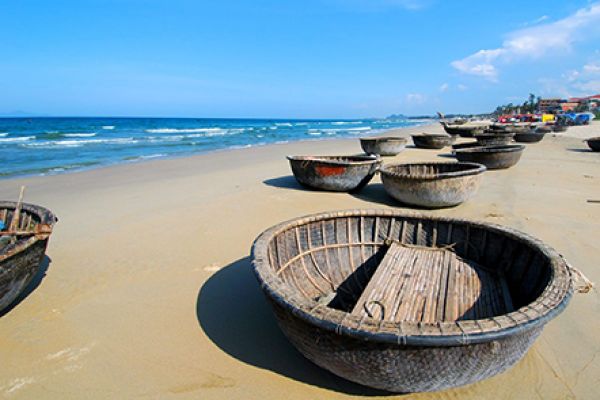
(84-63) 3 826042 – (84-63) 3 511142
No 54 Nguyen Dinh Chieu, Ham Tien Central Mui Ne Beach Binh Thuan Vietnam
523 To Hien Thanh District 10 Ho Chi Minh City Vietnam
Ha Long Halong City Quang Ninh Vietnam
A13 Hung Thong 2 Halong City Quang Ninh Vietnam




